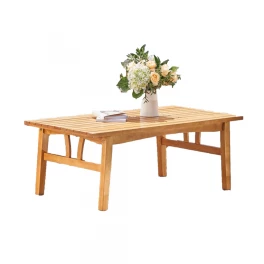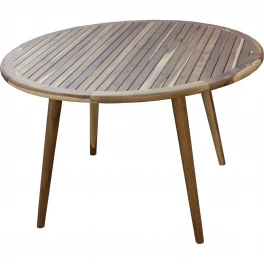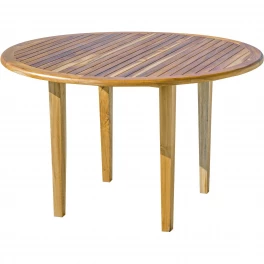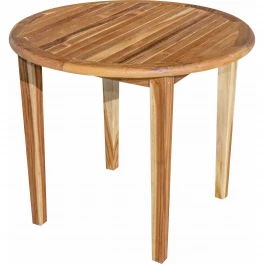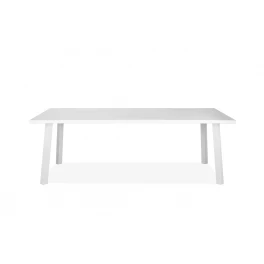Backyard birdwatching is a great hobby enjoyed by millions of Americans, and you can draw your favorite birds to your backyard by selecting the right bird feeder. Whether you purchase a bird feeder from a local store that specializes in birding or from a home improvement store, there are plenty of options available, and the feeder you choose will help determine what birds visit your home.
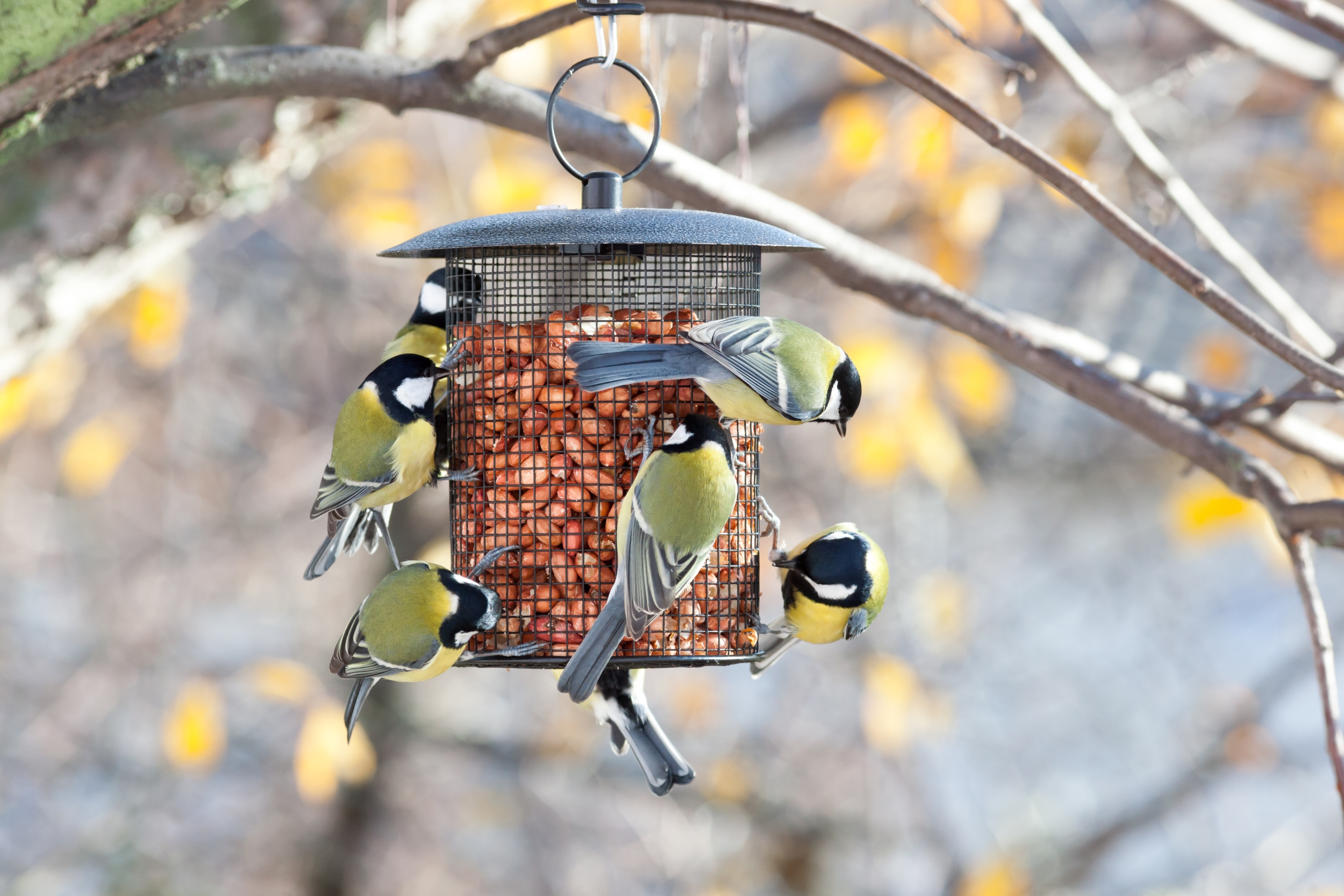
Photo by fotoparus on Adobe Stock
What Kinds of Birds Do You Want to Attract?
Determine what birds are either native to your area or use your home as a migration flyway. If you’re lucky enough to have a specialty bird store near your home, you can talk with employees there, and they can guide you to the right type of feeder based on local birds. They will also have bird books available for reference or purchase. Chances are you’ll attract birds and not know what type of bird they are, so purchasing a field guide is a great idea for beginning birders.

Photo by Tyler Olson on Shutterstock
Types of Food
Different birds eat different types of food. Hummingbirds eat a sugary nectar and cardinals love sunflower seeds. Orioles indulge in the sweetness of fresh orange slices, and small birds such as finches love thistle seed. Mourning doves enjoy millet seed, and chickadees eat meal worms. Bluejays thrive on peanuts and woodpeckers eat from a suet block. Whichever type of food you decide to offer birds, you will attract a wide variety in addition to the types you’re trying to feed.
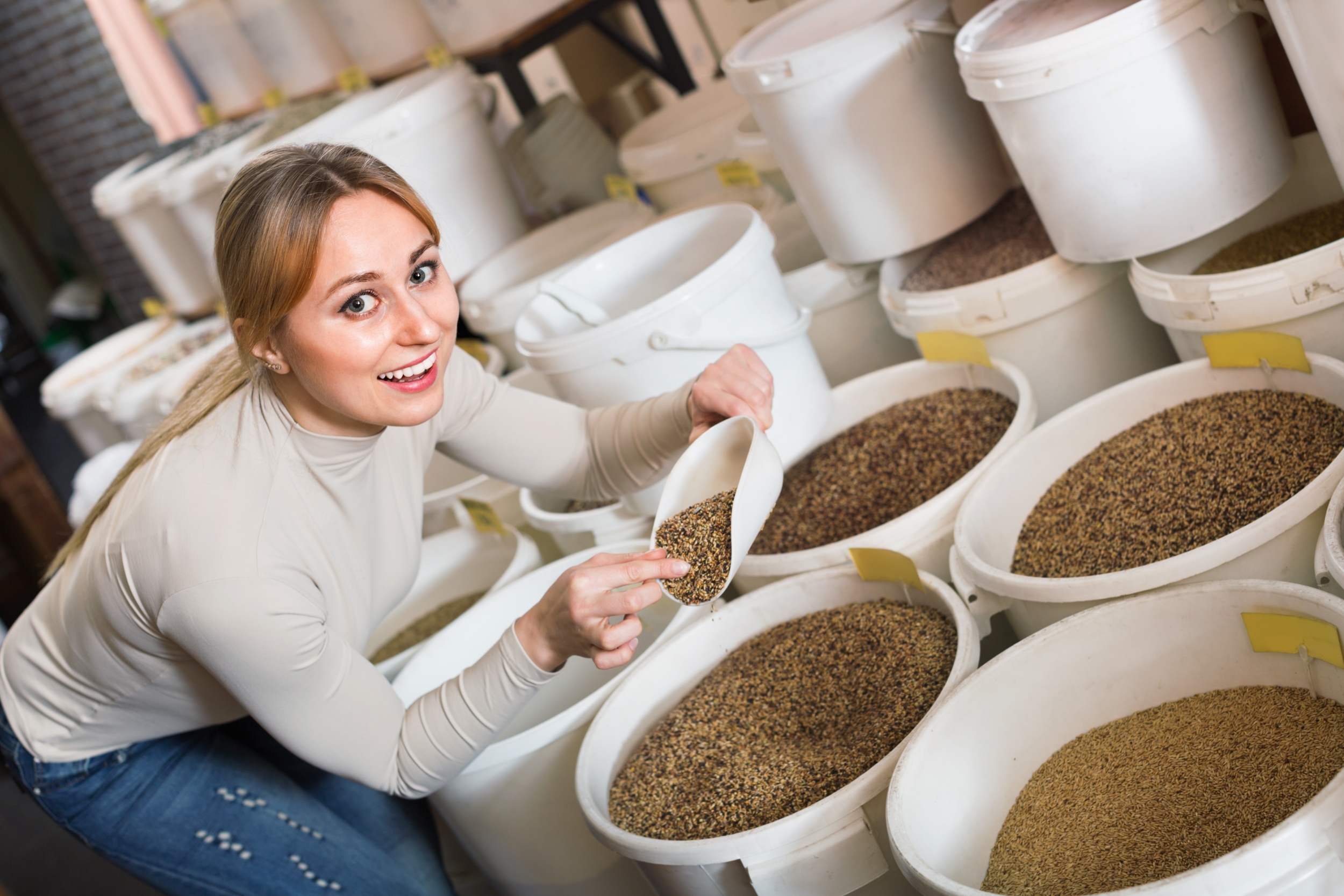
Photo by JackF on Adobe Stock
Popular Types of Feeders
Feeders vary as much as the food they contain. Hummingbird feeders are generally clear plastic or glass. Red liquid may be purchased, but the liquid itself does not have to be red. I make my own by bringing 1 cup of sugar plus four cups of water to a boil for two minutes. Cool it before putting it into the feeder. If ants become an issue on the hummingbird feeder, put a coat of petroleum jelly on the hanger which will not allow ants to reach the feeder.
Tube feeders are popular because they are easy to fill. Be sure to pay attention to the size of the feeding hole because some tube feeders are designed exclusively for thistle seed. These feeders are gravity fed.
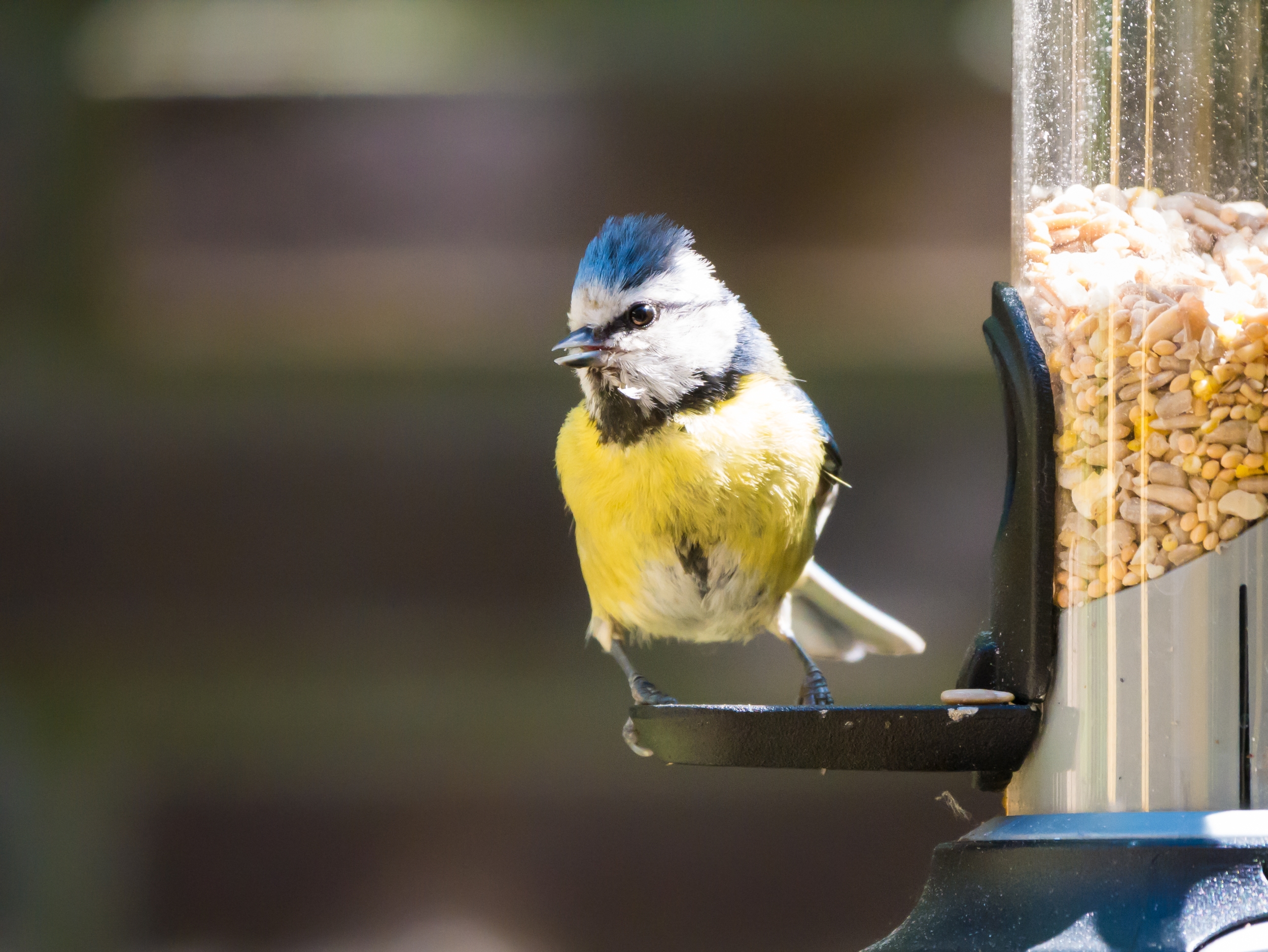
Photo by Tasfoto on Alamy
Suet feeders are small wire cages that attach to a post or tree with a top door. When the door is opened, a suet cake can be inserted. Larger birds such as cardinals, blue jays, and woodpeckers are drawn to this type of feeder. Suet blocks are generally used in the winter because the heat of the summer can cause the suet to melt. Suet also comes in pellets which can be used in other feeders as well.
To attract colorful orioles, simply put orange slices on a dowel pin. Oriole feeders are sometimes painted orange to draw the attention of the birds looking to indulge in oranges as well as small containers of common grocery store jelly.
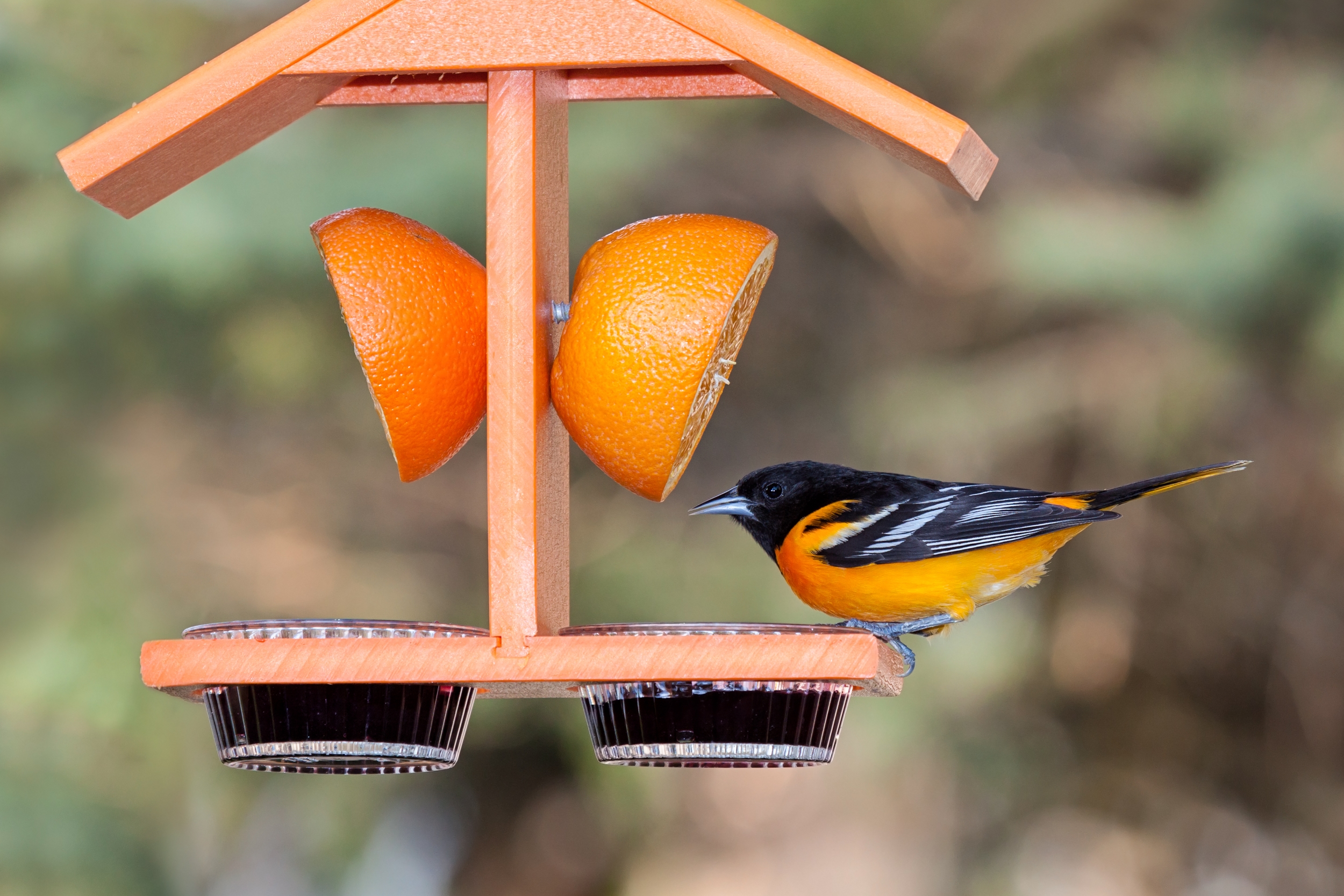
Photo by Mike Truchon on Alamy
Larger cage feeders are great for peanuts. The peanuts don’t have to be shelled before putting them in a feeder. Birds such as blue jays and cardinals enjoy peanuts and often take them from the feeder and hide them in nearby planters until they can come back to retrieve them for a meal.
If you prefer not to have feeders but still would like to attract birds, purple coneflowers draw small birds such as the goldfinch that will eat the seeds directly from the center of the flower. As soon as the flower opens through its entire life cycle, this particular flower is a favorite of both birds, bees, and butterflies.
Birds Need Water Too
Like all animals, birds need fresh water in addition to food, even in winter. You will draw the largest variety of birds simply by keeping a birdbath or bowl filled with fresh water. If you have a water feature in your yard, that will also draw birds to drink, bathe, and cool off from the heat of summer.
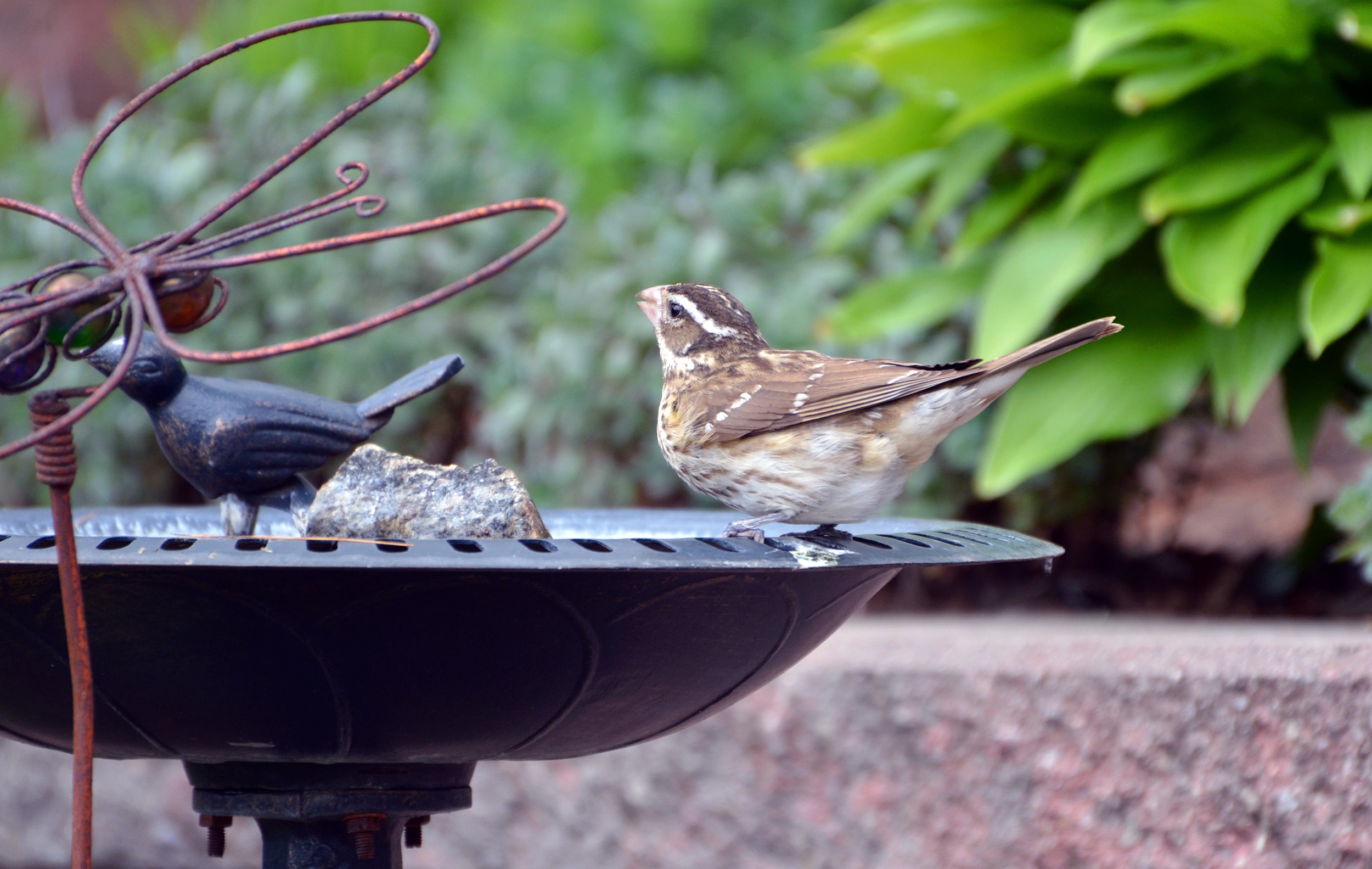
Photo by Pete Wise on Shutterstock
Other Visitors
While you may have plans to draw only a certain species of bird, don’t be surprised if you have other visitors trying to eat their food. Squirrels, mice, raccoons, and opossums also enjoy the same type of grain and seed that birds do, but there are some precautions you can take to make sure that only your birds get the food.
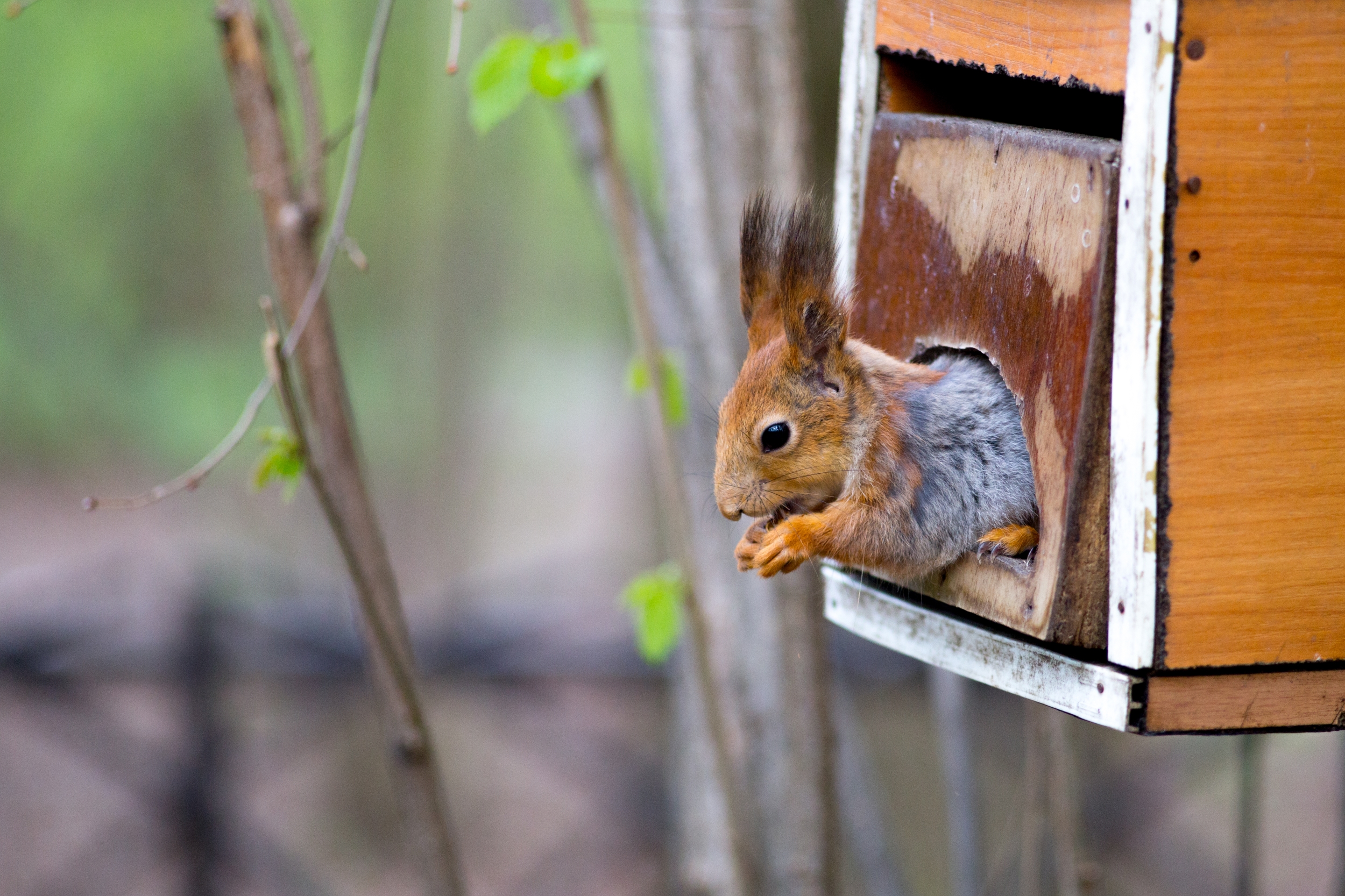
Photo by Pavel Korsakov on Shutterstock
Since squirrels can jump up to ten feet, it’s a good idea to keep feeders away from trees, fences, and utility lines that they can use to access the feeder. Some feeders come with a wire cage surrounding the feeding cylinder which allows only small birds to access the seed. Baffles may also be used which tilt or turn as a squirrel stands on it, not allowing them to climb the post to get to the seed. Some feeders also have a plastic dome covering the top access point which also can deter squirrels as well as protecting the seed from rain. Others contain a sensor which closes the feeder when the weight of a squirrel is detected.
Enjoying nature, including bird watching, is a great way to relax and lower blood pressure. Investing in a bird identification guide will add to your pleasure as you become more aware of the wildlife that surrounds you. Almost every area of the country has a large variety of colorful birds that are a joy to watch.
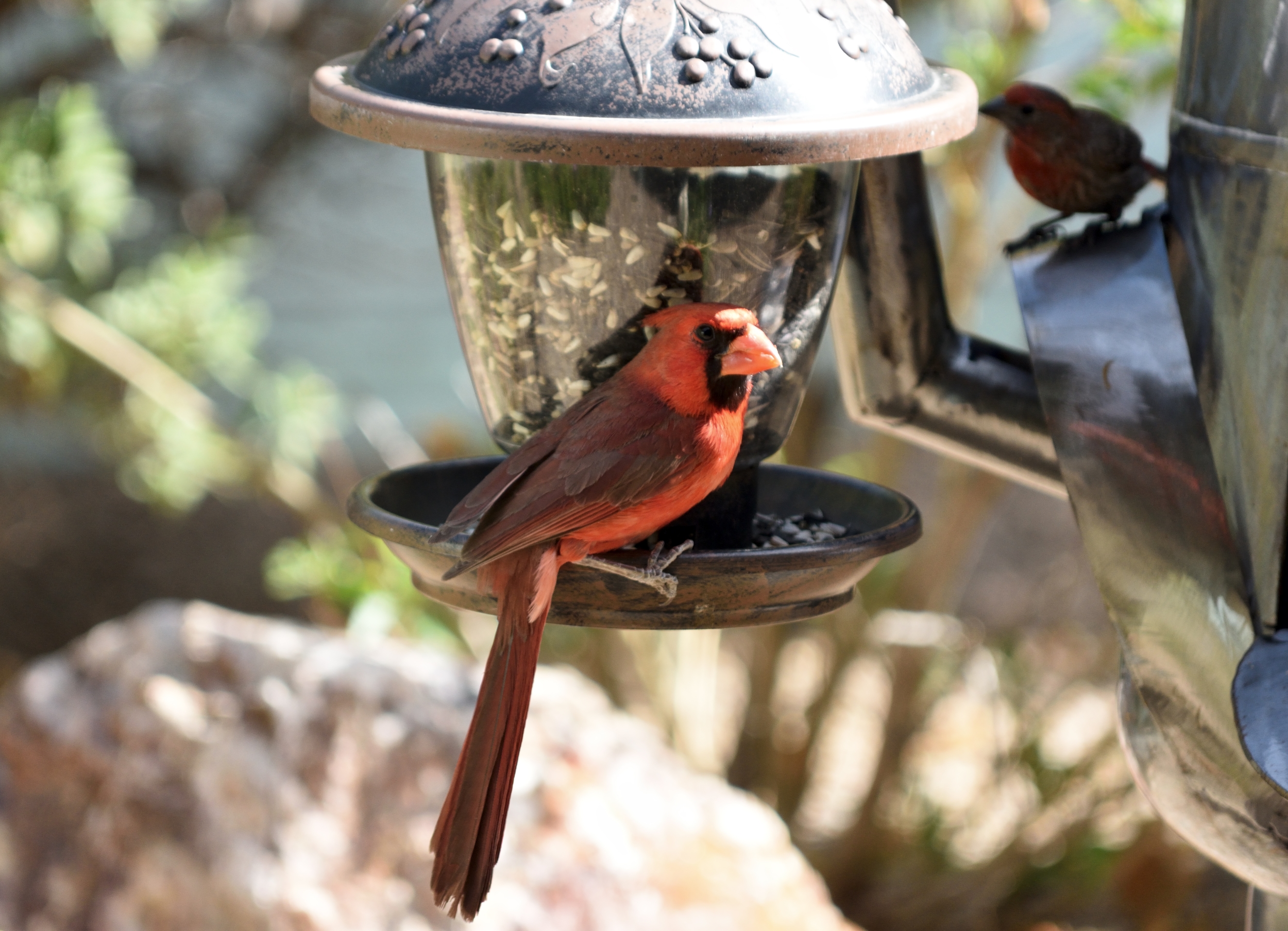
Photo by Thienne Johnson on Shutterstock




